10 Misconceptions About the LGBTQ+ Community
The LGBTQ+ community is often misunderstood and misrepresented. The following are some commonly held misconceptions about the LGBTQ+ community—and why they're not true!
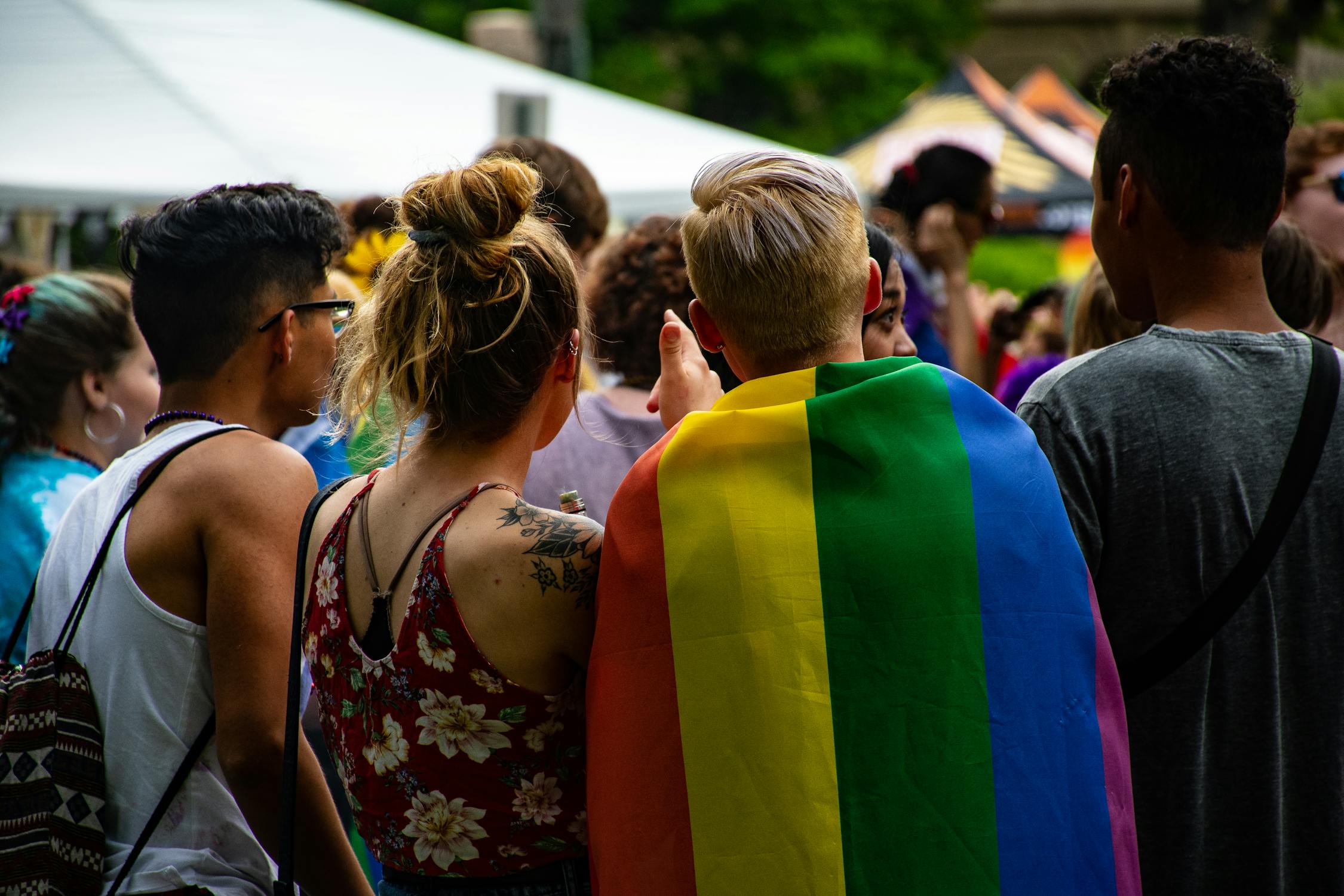
1. Being LGBTQ+ is “a choice.”
It’s important to remember that being LGBTQ+ is not “a choice” or “a lifestyle.” It’s a natural part of who you are, and it’s not something that can be changed or influenced by external factors.
The American Psychiatric Association has stated that being queer isn’t a mental disorder, which means that it’s not something you can make go away by just trying hard enough. It isn’t something you should feel ashamed about or try to hide from others.
The idea that being queer is a phase contradicts the fact that many people have known their orientation since they were children and/or before puberty (the median age at which most people come out to themselves is 13).
For many people, the word “lifestyle” has negative connotations associated with things like smoking or drug use—it makes sense why someone would be offended by this label, as it implies homosexuality is detrimental or unhealthful to your well-being.
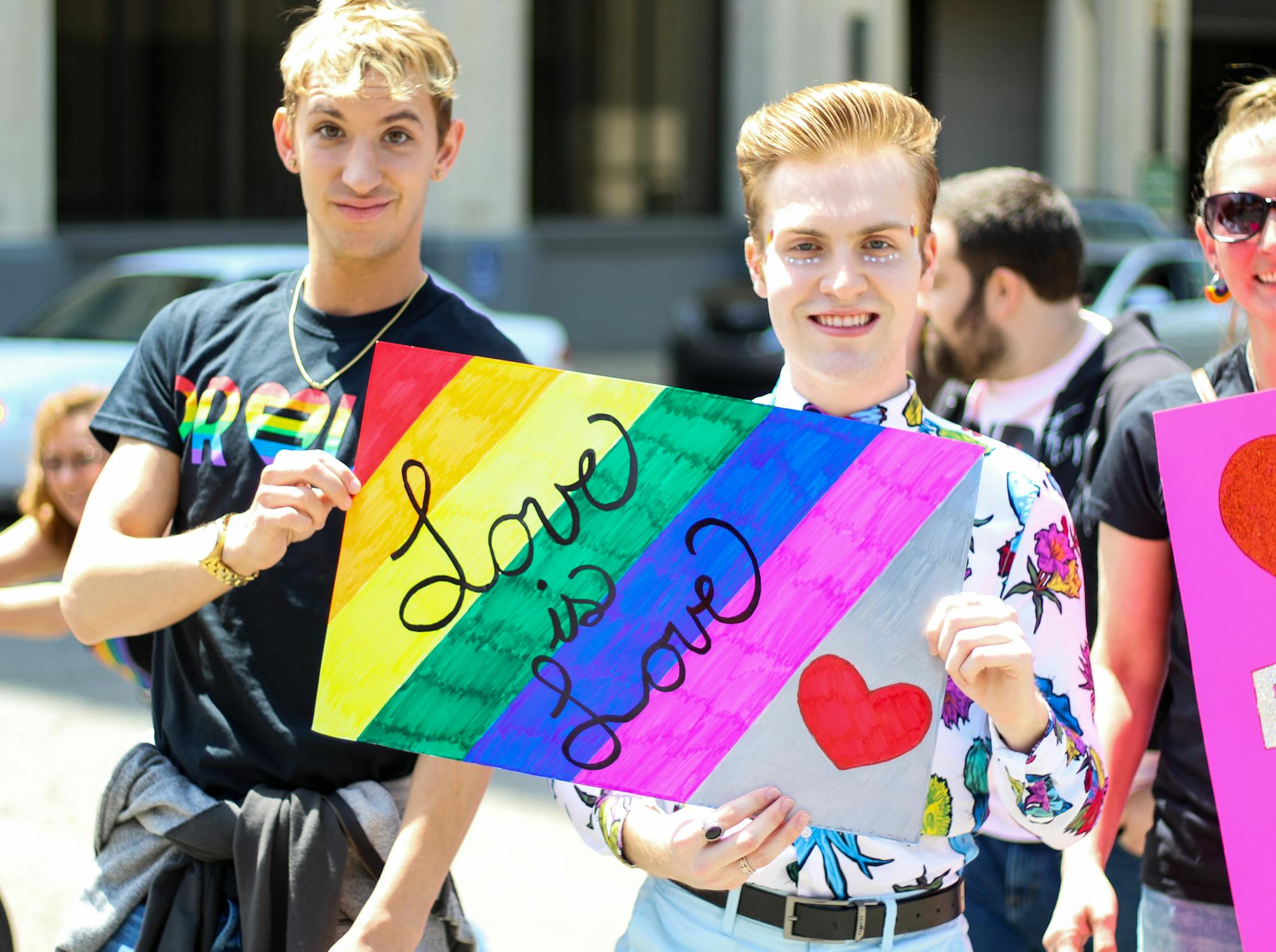
2. LGBTQ+ is a new social movement.
One of the most common misconceptions is that LGBTQ+ is a new social movement. In fact, it’s been around since the 1950s and has been gaining traction ever since. Many people will still be surprised when they learn that there are more than two genders or that queer people have existed throughout history.
Because of this misconception, LGBTQ+ still feels like an unfamiliar concept or an elusive community to some people—even though we now have more visibility than ever in mainstream media and politics (thanks in no small part to celebrities like Ellen DeGeneres). If you want to be supportive but aren’t sure how best to do so, remember: LGBTQ+ isn’t new! The community has been around for decades: if you’re reading this article right now, then chances are there’s someone somewhere who identifies as part of our diverse community.
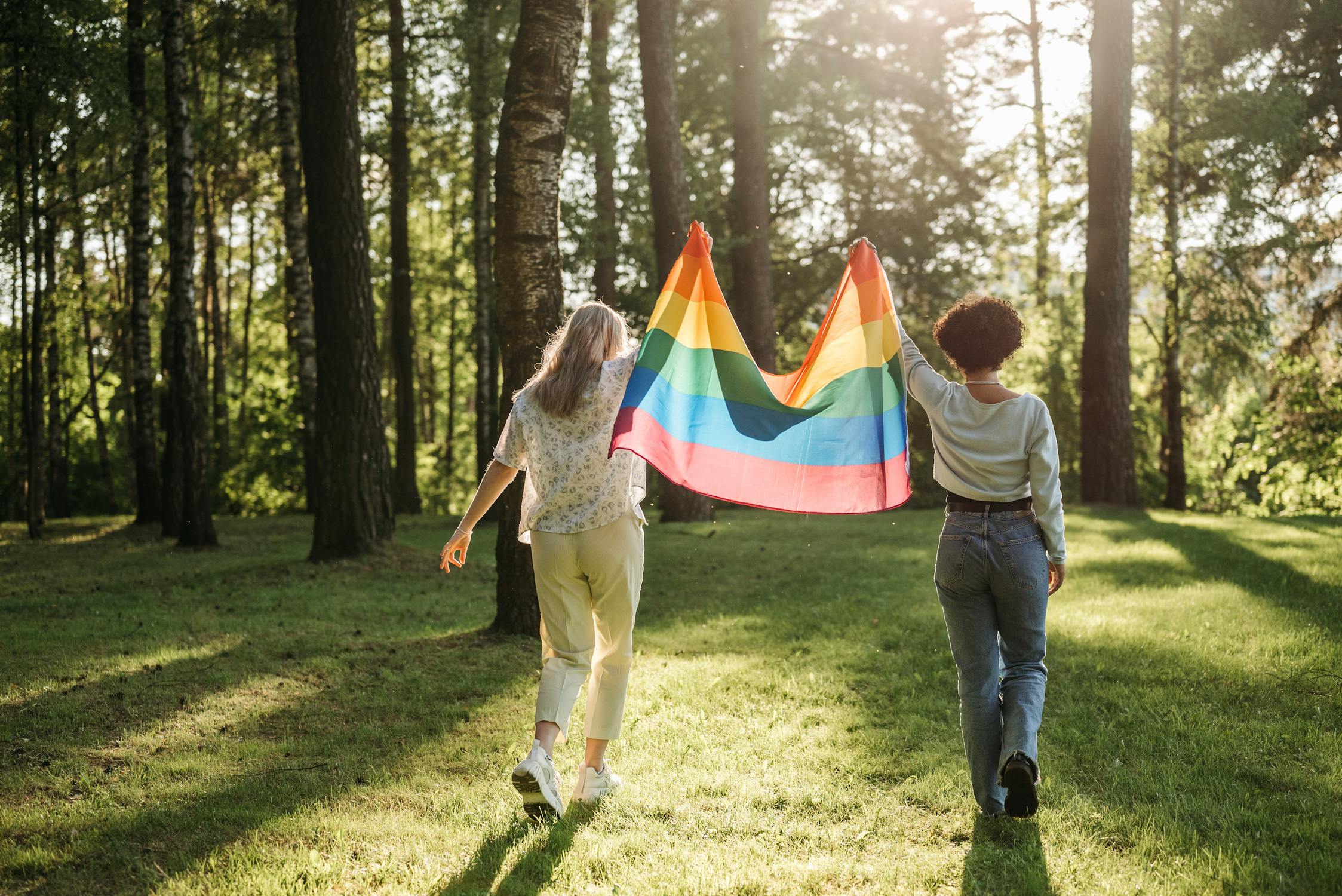
3. People who are LGBTQ+ have mental disorders.
The American Psychiatric Association removed homosexuality from the Diagnostic and Statistical Manual of Mental Disorders in 1973. The World Health Organization removed homosexuality from the International Classification of Diseases in 1992, and was declassified as a mental disorder by major medical organizations soon after.
There is nothing wrong with having this orientation or identifying as part of the community!
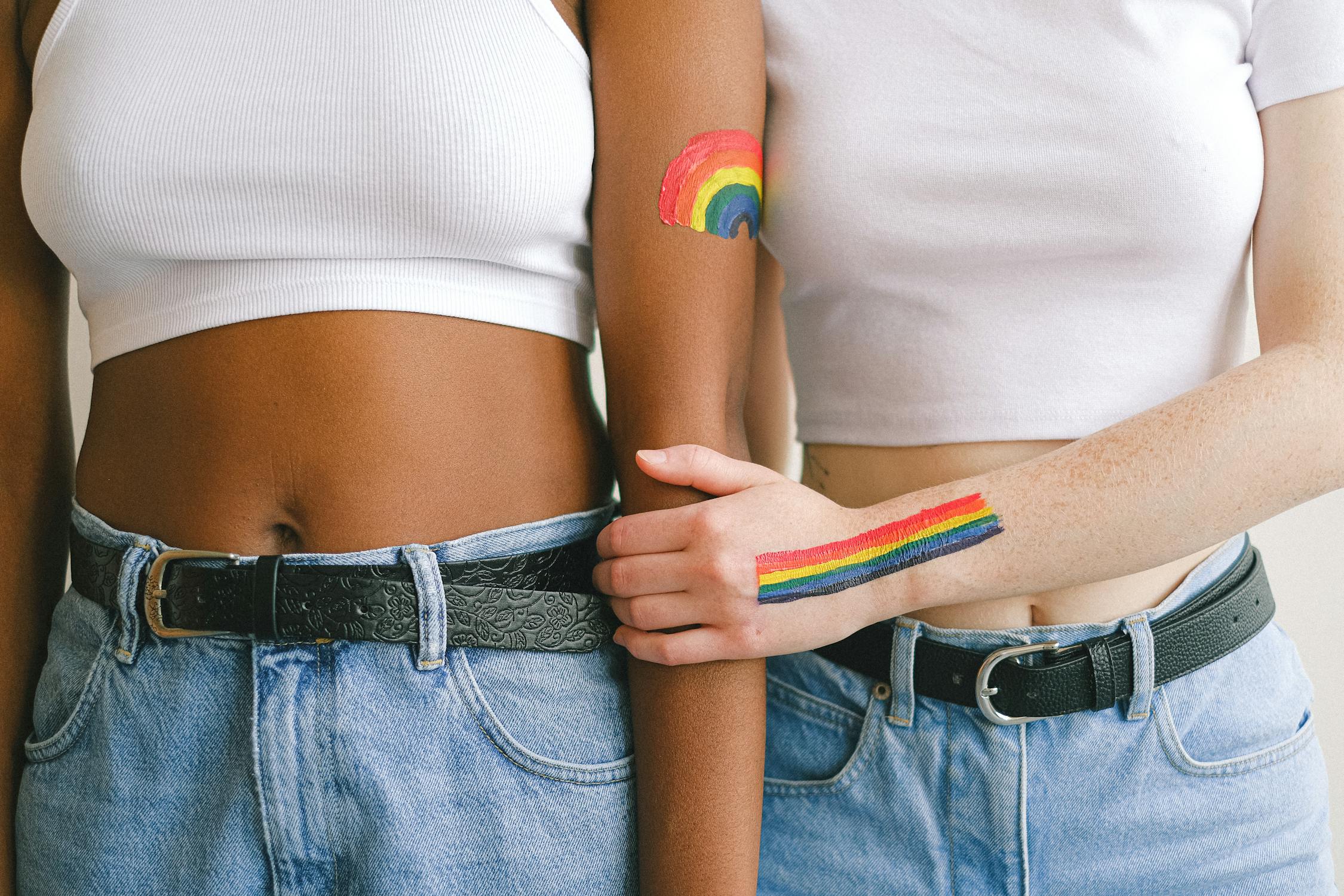
4. LGBTQ+ people are confused and unsure of their identity.
The idea that LGBTQ+ people are confused about their sexuality or gender identity is a harmful stereotype. It implies that they don’t know what they want, which can make it harder for them to come out of the closet—and it can also make them feel like there’s something wrong with them for feeling how they do. This misconception even has a name: “the closet.”
It’s not uncommon for someone questioning their sexuality or gender identity to feel confused sometimes—but it doesn’t mean they’re not sure of themselves. If someone feels this way, talking through their feelings with someone they trust, such as a best friend or parent, can help them figure out what’s happening inside them and start coming into their own.
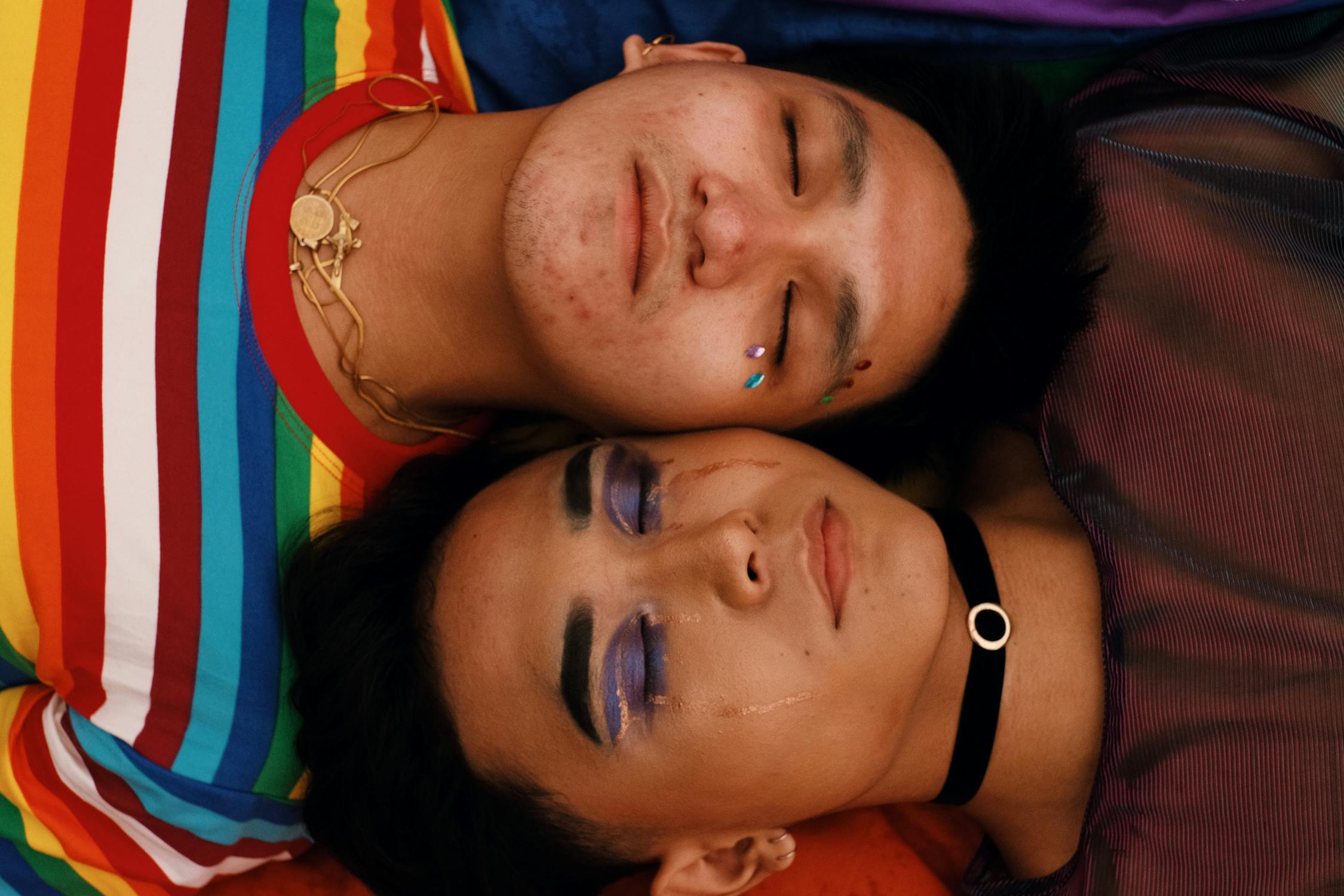
5. You can tell someone’s sexuality just by looking at them.
There are many different ways to express your sexuality and gender identity, so it doesn’t matter how you present yourself physically, what clothes you wear, or the pronouns people use for you (he/him, she/her). There is no singular way to prove that you’re queer!
In fact, one of the common misconceptions about the LGBTQ+ community is that it’s all about sex: that all queer people have sex with each other, that gay men are effeminate and lesbians are masculine, and bisexuals are attracted to both genders but really want one or the other—and if any of these things were true, we would never hear anything else coming out of these folks’ mouths because they’d be too busy having sex with each other! But actually, the reality is much more complicated than that.
For example, some people who identify as gay men or lesbians may not necessarily be interested in having sex with men or women respectively. Some trans* people find themselves attracted romantically towards others regardless of their assigned gender identity (i.e., a person assigned female at birth who identifies as male could still be interested in attracting romantic attention from those who identify as female).

6. You can tell someone’s gender identity just by looking at them.
Gender identity is not the same as sexual orientation, which is who you are attracted to and want to date or marry. Gender expression refers to how people express their gender through clothing or behaviour (feminine, masculine, or neither).
Many people who are transgender do not identify as male or female and prefer other terms such as genderqueer or non-binary; some may want to use different pronouns like “they/them/theirs” rather than he/him/his. Some transgender people will change their physical appearance through surgical procedures such as breast augmentation for trans men and top surgeries for trans women.
Still, others choose not to alter their bodies this way because they feel more comfortable in their biological sex’s clothing and body type—or they may simply not be interested in altering themselves medically. There aren’t any “right” ways of expressing yourself if you’re trans; there are only ways that make you happy!
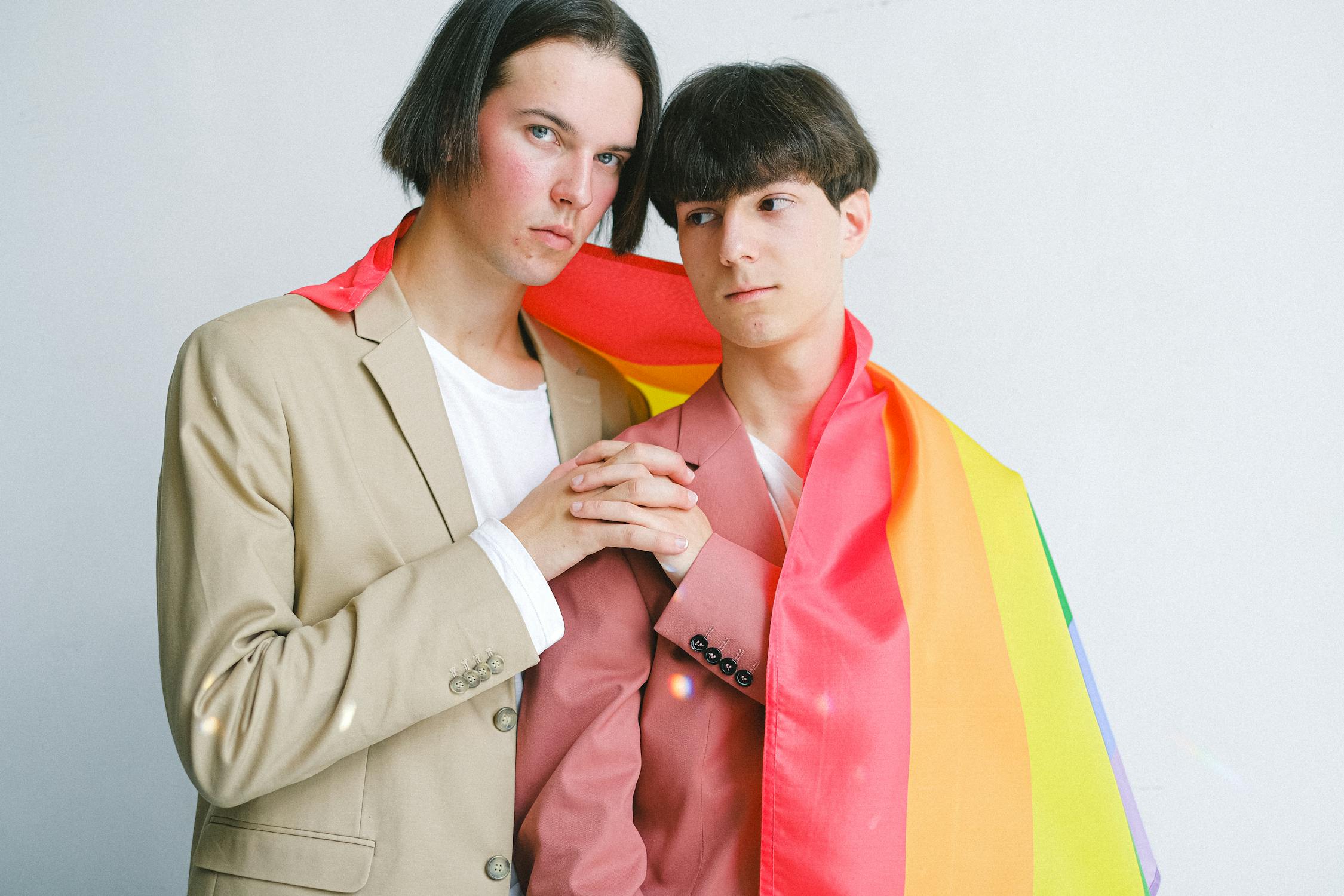
7. Everyone in the LGBTQ+ community wants to get married and adopt children.
A common misconception is that everyone in the LGBTQ+ community will want to get married and adopt children. While some people will, it’s not true for all.
The truth is that many people who identify as part of the LGBTQ+ community are interested in more traditional family structures—and some simply don’t feel comfortable having kids at all. Some people who identify as trans may find themselves unable to carry a child due to their medical history or other factors. In contrast, others may prefer not to put themselves at risk through pregnancy (either by choice or because they cannot physically become pregnant).
Additionally, some individuals within this group decide not to have children because they still identify with labels like “gay,” “lesbian,” “bisexual,” etc., rather than opting for an umbrella term like “queer.”

8. All transgender people have gender reassignment surgery.
Except for gender reassignment surgery, there is no right or wrong way to transition. For many trans people, hormone replacement therapy and cosmetic procedures offer them a sense of comfort and confidence—but they’re not right for everyone. Transitioning is a personal decision that each person makes in their own time.
The best advice we can give you is this: don’t assume what someone’s gender identity might be based on how they look or dress; instead, ask them directly! If you meet someone who identifies as transgender but doesn’t have GRS (gender reassignment surgery), don’t assume that means they aren’t “really” transgender. People are allowed to be themselves without being scrutinized. It’s up to us not to judge others for making choices about their bodies and identities that may seem foreign or strange at first glance but ultimately make sense once we get past our initial reactions.

9. Bisexuality doesn’t exist; it’s just a phase.
Being bisexual is a valid sexual orientation. It’s not something you can decide to be one day, and it’s not a phase. It’s an identity you feel deeply connected to and should be celebrated.
There are many misconceptions about bisexuality, but the most harmful one is that bisexual people are indecisive or promiscuous because they can fall in love with both men and women. This is simply not true! Bisexual people are no more likely to cheat on their partners than straight or gay people are.
Bisexuality cannot be cured through therapy or medication (though if you’re bisexual, it’s always good to check in with yourself to ensure that your identity isn’t influenced by external factors like pressure from family members).
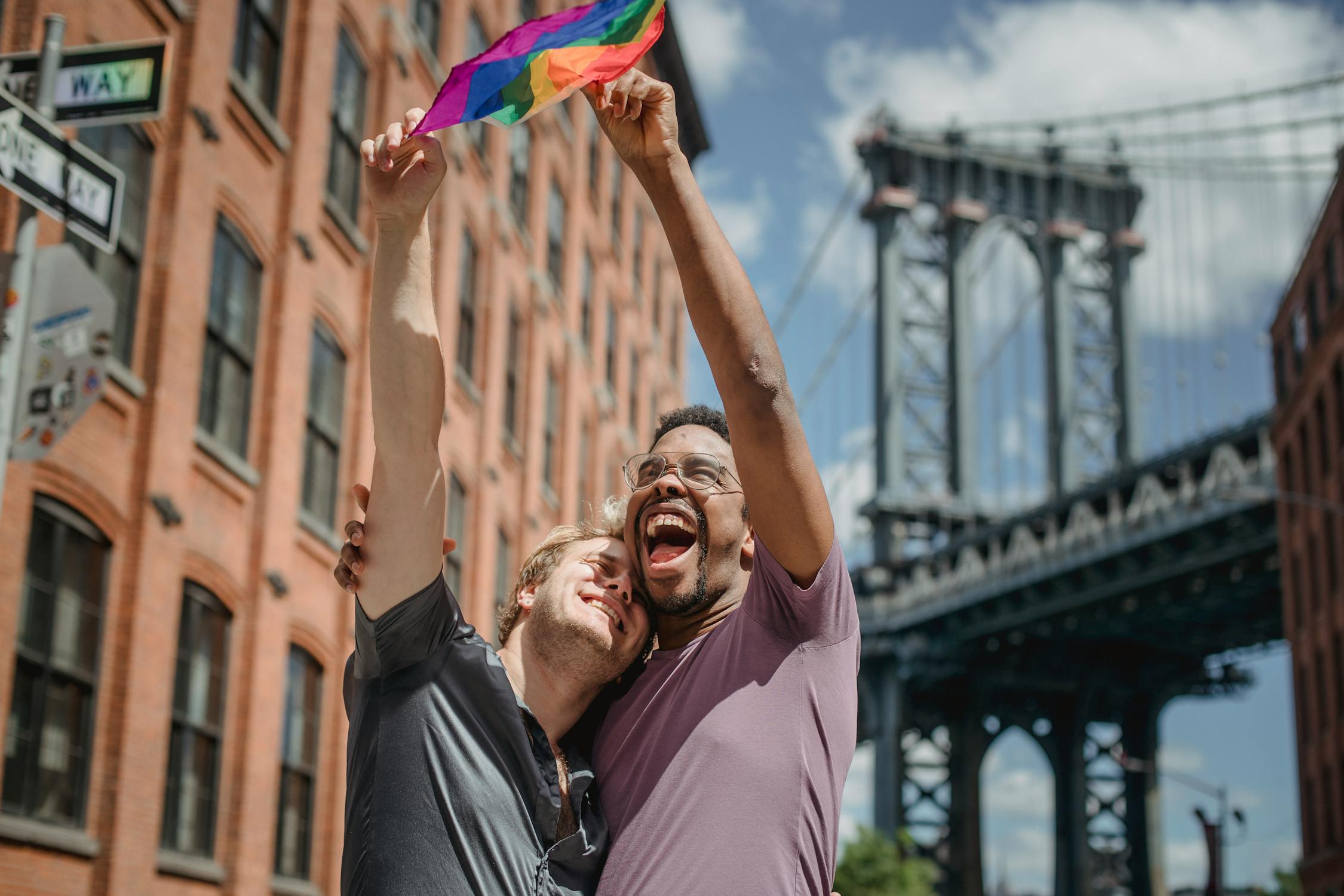
10. Pansexuality is the same as bisexuality.
Pansexuality is not a choice, but it is also not the same as bisexuality. In fact, pansexuality and bisexuality are often mistakenly conflated because they both involve attraction to more than one gender. However, the differences between these two sexual orientations are important. For example, pansexual people may be attracted to people of all genders (i.e., male and female). In contrast, bisexual individuals are usually attracted to both men and women (though this isn’t always true in every case).
Bisexual people are often accused of being “confused” or “on their way out” when they identify as bisexual rather than pansexual or another label such as queer or lesbian/gay/gay-identified/queer-identified—but this is far from true! While some individuals may choose labels based on convenience rather than identity at first, many stay with the label they pick once they find out what it means. Many bisexuals remain happily bi no matter how many new labels enter circulation over time!

It’s important for us all to stay educated about these misconceptions about the LGBTQ+ community.
As we’ve learned, there are a lot of misconceptions about the LGBTQ+ community. But if we’re going to make progress on understanding each other as human beings, then we need to keep learning and challenging ourselves with new information. We all must stay educated about this community because it can help us be better allies and supporters. As an ally or supporter of the LGBTQ+ community, you must be respectful, open-minded, and willing to learn. The more we understand, the more comfortable people will feel around us—and that is something worth working towards!
Related Products
Show your support for the LGBTQ+ community with these fabulous pride merchandise items:
Related Collections
Explore our diverse range of pride merchandise collections, perfect for every occasion:
Check out our best selling products
-
Inclusive Flag Cube Pride Pin
![Inclusive Flag Cube Pride Pin]()
- Regular price
- from $15.00
- Sale price
- from $15.00
- Regular price
-
- Unit price
- per
Sold out -
A Home For Everyone Lapel Pin
![A Home For Everyone Lapel Pin]()
- Regular price
- from $15.00
- Sale price
- from $15.00
- Regular price
-
- Unit price
- per
Sold out -
Inclusive Pride Lanyard
![Inclusive Pride Lanyard]()
- Regular price
- $18.00
- Sale price
- $18.00
- Regular price
-
- Unit price
- per
Sold out -
Inclusive Flag - Love Cube Pin
![Inclusive Flag - Love Cube Pin]()
- Regular price
- from $15.00
- Sale price
- from $15.00
- Regular price
-
- Unit price
- per
Sold out -
Can't Change Us! Lapel Pin
![Can't Change Us! Lapel Pin]()
- Regular price
- from $15.00
- Sale price
- from $15.00
- Regular price
-
- Unit price
- per
Sold out -
Rainbow Ally Flag - Flag Cube Pin
![Rainbow Ally Flag - Flag Cube Pin]()
- Regular price
- from $15.00
- Sale price
- from $15.00
- Regular price
-
- Unit price
- per
Sold out -
Two Spirit Feather Dancers Lapel Pin
![Two Spirit Feather Dancers Lapel Pin]()
- Regular price
- from $15.00
- Sale price
- from $15.00
- Regular price
-
- Unit price
- per
Sold out -
Asexual Flag - 1st Edition Pins [Set]
![Asexual Flag - 1st Edition Pins [Set]]()
- Regular price
- from $15.00
- Sale price
- from $15.00
- Regular price
-
- Unit price
- per
Sold out -
Inclusive Flag - Rubik's Cube Pin
![Inclusive Flag - Rubik's Cube Pin]()
- Regular price
- from $15.00
- Sale price
- from $15.00
- Regular price
-
- Unit price
- per
Sold out













![Asexual Flag - 1st Edition Pins [Set]](http://proudzebra.com/cdn/shop/products/Asexual-Flag-1st-Edition-Pins-Set-LGBTQ-Pride-Pins-Pride-Fashion-Pride-Accessories-Rainbow-Pride-Store-Proud-Zebra_{width}x.jpg?v=1657142056)
